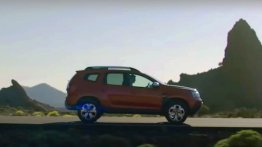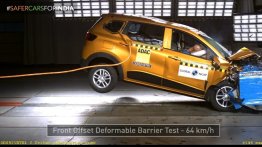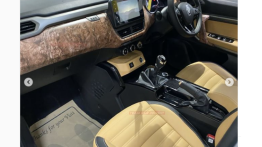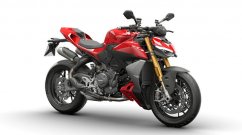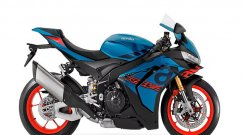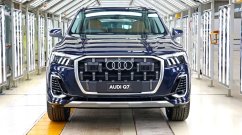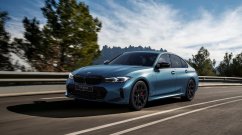Renault India has managed a feat few car makers have achieved: Put off a facelift for its once best-selling product, the Renault Duster, over two-and-a-half years since its global reveal (the Duster facelift was unveiled at the 2013 Frankfurt Motor Show in September 2013).
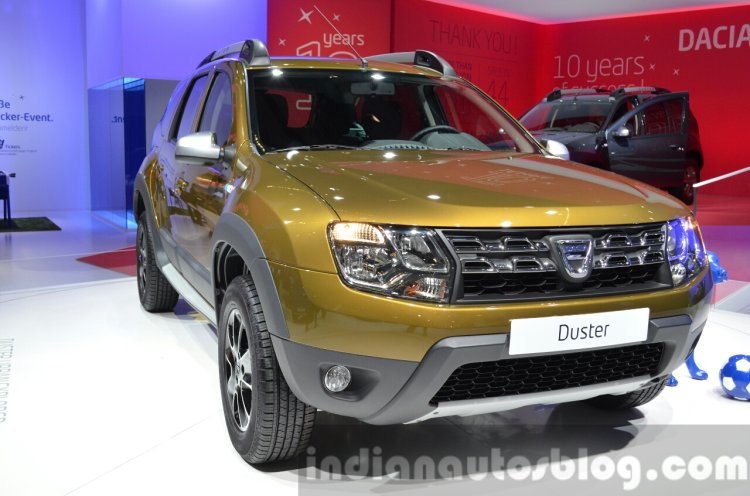
Enough of the past though, the new Renault Duster is here and brings along with it a 6-speed automated manual transmission, a segment first. On the rise of new competition, this is what we think about the Renault Duster Automatic.
Exterior:
According to Mr. Sumit Sawhney, country CEO and managing director of Renault India, customers told the company “not to alter the design DNA” of the Renault Duster. Hence, the update India gets is similar to the Brazilian model, and a bit different from the Euro-spec Duster you see above.

While the front is largely similar to its predecessor, the ‘new’ Duster gets reprofiled headlights, a thicker chrome grille and a new bumper with a larger skid plate. Over to the sides, there are no changes to the sheet metal and Renault have opted for new wing mirrors with integrated turn signals, new alloy wheels and roof rails. Towards the rear, the taillight element is all-new, as is the skid plate; the rest is as before. The Cayenne Orange color you see in these images is a new addition to the palette.
In short, the 2016 Renault Duster manages to look fresh despite not having undergone significant design changes. And customers are bound to be pleased as it won’t be mistaken for anything else but a Duster, which is exactly what they wanted, according to Renault.
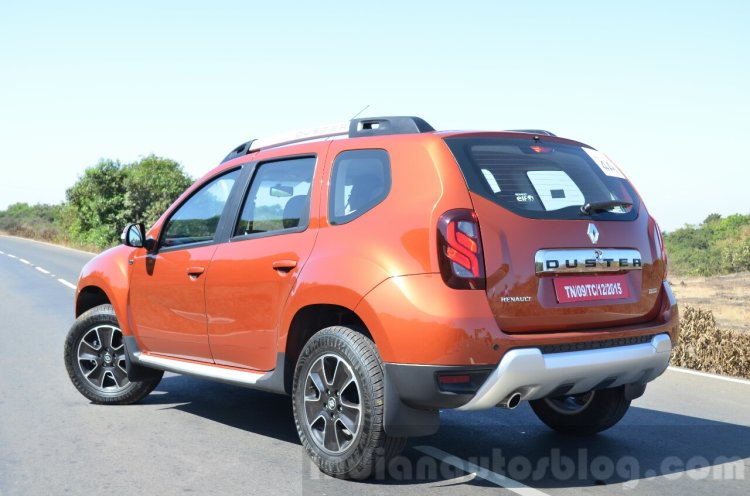
That being said, there are a few features Renault should have included for the Duster, especially for a value conscious market like India. For example, the European Duster gets LED daytime running lights, which have been deleted for the Indian model. Renault will not offer projector headlights either, which has become an industry norm for a INR 10+ lakh car these days.
The 2016 Duster however offers buyers more personalization with 50+ accessories, over half of them brand new, says Renault. You can have details like Red highlights for the Renault logo on your alloy wheel to a faux carbon fiber wrap for the wing mirrors among others.
Interior:
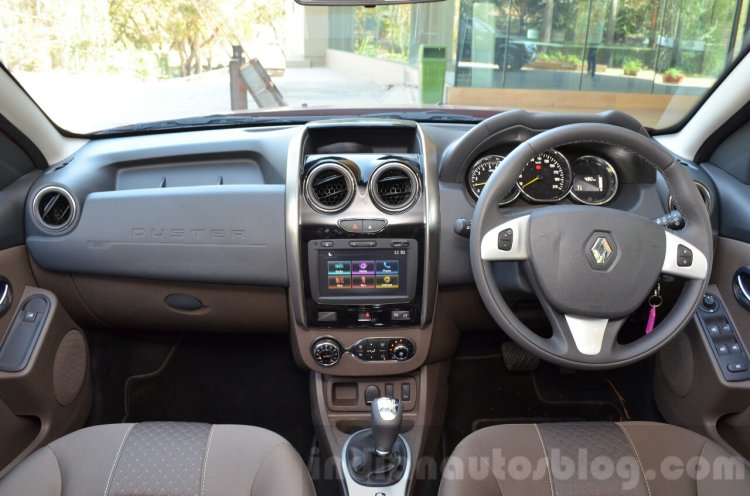
The changes inside the 2016 Renault Duster are more significant than the exterior. The center console now receives a piano-black finish with an updated Media NAV system. The top-end variants offer automatic climate control, a feature sorely missed on the pre-facelift model, and finally, the controls for the wing mirrors have been re-located to the door pads.
And like the exterior, there are plenty of funky customization options for the interior extending to contrasting plastics for the AC vents and door handles, and two-tone fabric seat upholstery to name a few.

There are no further changes to the Duster’s cabin, so space and comfort levels are as before. However, there are a few areas where the Duster is ergonomically flawed. The cup-holders ahead of the gearlever for example are way too shallow, and very small; they’re better off just holding coins. The steering mounted audio controls continue to be tucked behind the wheel, and should you wish to change anything aside from the volume, you definitely have to look away from the road.
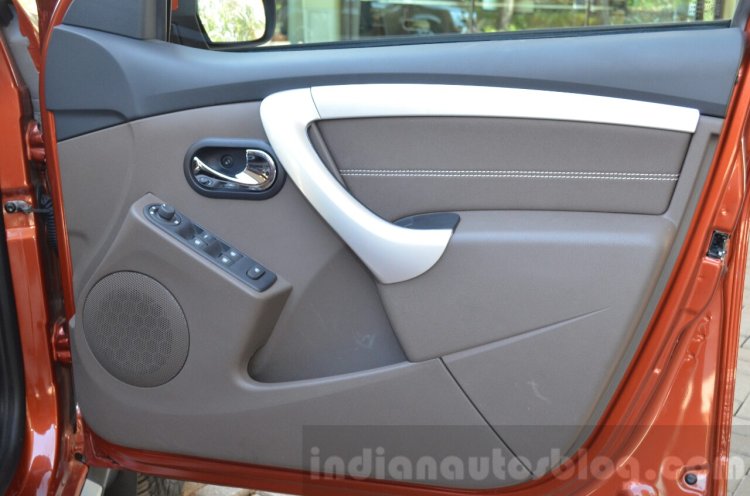
Then there’s the driver seat height adjuster which shouldn’t be this difficult to operate. It requires the driver to get out of the seat to increase height, and feels very crude for a INR 13.5+ lakh car. Overall build quality and fit-and-finish leave a lot to be desired when compared to the Hyundai Creta or the Maruti S-Cross.
So while some of the changes are indeed welcome, the Duster's cabin feels old in the tooth now thanks to fresh competitors.
Features:
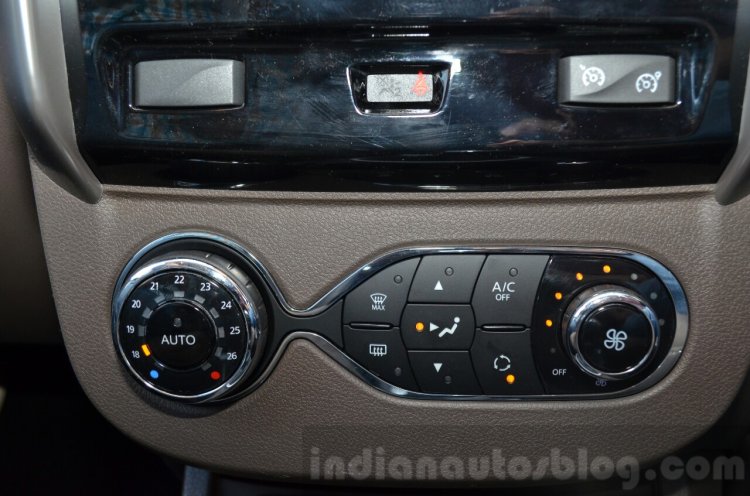
The variant lineup on the new Duster is skewed towards the top-end RxZ variant. This is the only variant that offers automatic climate control, a touchscreen Media NAV system, driver’s armrest, dual front airbags and a reverse camera. Other manufacturers offer the above even in their respective mid-level variants, which is something Renault could learn from.
Engine and Gearbox:
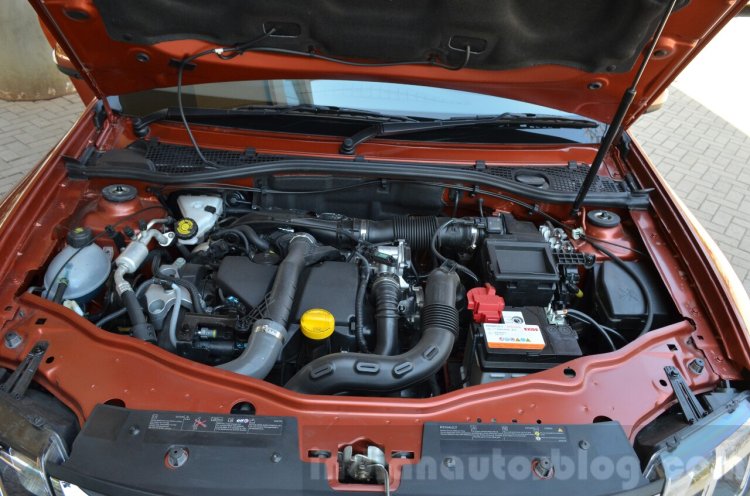
The 2016 Renault Duster continues to offer the 1.6-liter petrol and the 1.5-liter dCi diesel engines, the latter is offered in two states of tune: 85 PS and 110 PS. As with the pre-facelift model, the 110 PS can be had with an AWD system too.
Renault says it has introduced its CMO10 & T4 E&E (Engine and Electronics) architecture for better performance, ride and handling. We had a go in the 110 PS AWD variant, and what is immediately evident is that the clutch is much lighter and city-friendly. Where the pre-facelift Duster felt a bit dull below the 2,000 rpm mark, the new electronics have mildly improved this: You would actually have to drive the old and new Duster back-to-back to feel the difference.
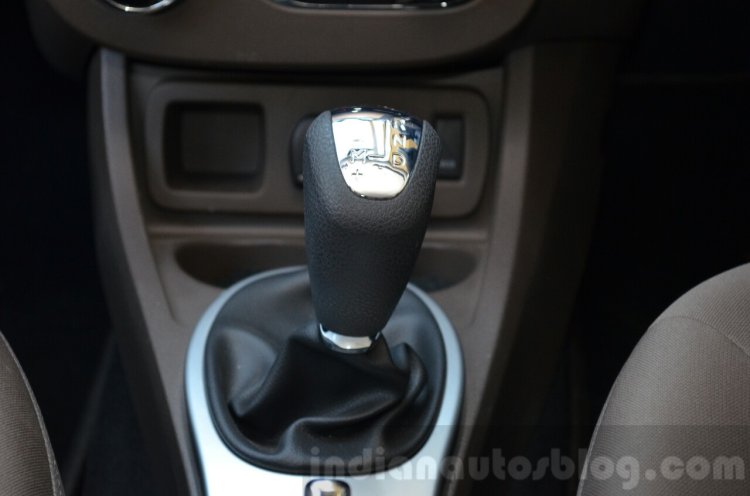
But let’s face it, you didn’t click on this review to know about the Duster AWD, its the Duster AMT you’re interested in, and here are the headlines. It is a ZF-sourced unit, and the only AMT box with six cogs on offer in the Indian market. It also offers ESP and Hill Start Assist as standard.
In short, the Duster AMT is the best AMT-equipped product you can buy in India right now. As with any AMT, there’s a pause between gear shifts, especially if you’re driving with a heavy foot, and down-shifts take a moment longer than necessary, but its not that bad. In fact its one of the better units as the box willingly drops two gears if needed, which comes in handy during overtaking maneuvers.
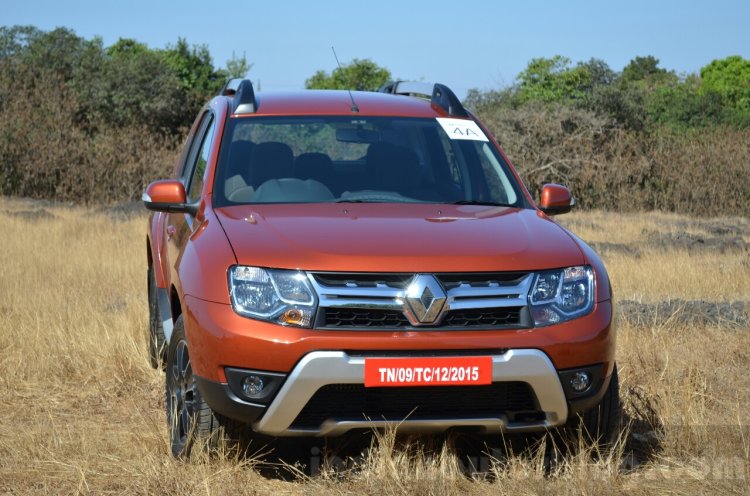
Renault’s engineers have calibrated this gearbox rather well to match the Duster’s torquey engine. Post 2,000 rpm, the Duster AMT surges forward, and if left in the manual mode, will willingly hit its 5,500 rpm limiter.
The engine-gearbox combo performs extremely well in urban environments, but the question most people would ask is if the Hyundai Creta AT performs any better. While the Creta AT gets a traditional torque converter providing for smooth gear changes, the AMT unit on the Duster is well worth the price; you save INR 1.51 lakhs compared to the Creta.
Ride and Handling:
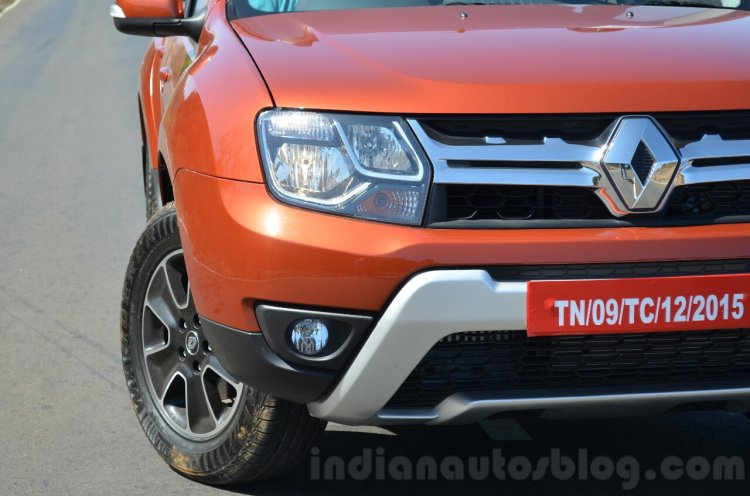
Compared to other Duster variants, the AWD variant of the Duster gets a separate, and dare we say a slightly better suspension setup. Independent pseudo McPherson up front and a Multilink at the rear do the job on the AWD, whereas the 2WD variants get a trailing arm with coil springs for the rear.
There are no changes to the ride and handling characteristics though. The compact SUV is pliant over almost any road surface, though its low-speed ride is a tad stiff. Still, the Duster’s suspension is one of the more comfortable ones in its segment.
On the handling front, the Duster feels a step above the Hyundai Creta thanks to its steering which feels natural and well-weighed, however, the S-Cross is our pick for anyone looking for class-leading driving dynamics.
Brakes and Safety:
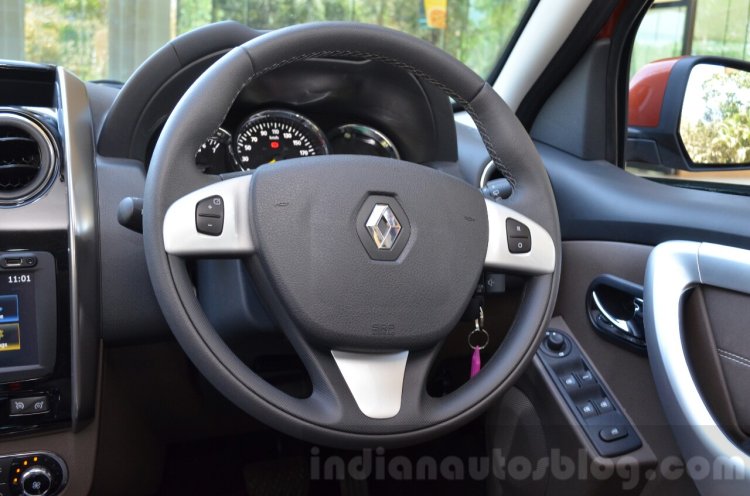
On models from the RxE, ABS is standard, while only the top-end RxZ gets dual front airbags (the RxL and RxS offer a driver airbag). The AMT and AWD models offer ESP as well.
Renault should have offered dual front airbags on lower variants, at least as optional, considering that even entry-level small cars get that feature these days. In fact, the top-end variant of the Hyundai Creta offers six airbags, as does the top-end variant of the Ford EcoSport, which plays in a lower segment compared to the Duster.
Fuel Efficiency:
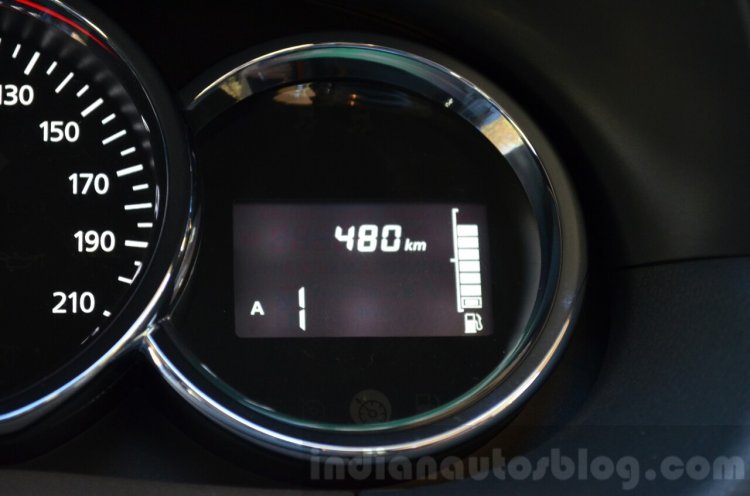
The 110 PS 2WD MT and 110 PS AMT return the same ARAI-rated fuel efficiency of 19.6 km/l, (the Creta AT does 17.01 km/l). Strangely, the heavier AWD variant of the Duster is more fuel efficient at 19.72 km/l.
Our drive took place on the Pune-Mumbai Expressway, where we reckon both variants of the Duster averaged around 15 km/l with a moderately heavy foot and a boot full of luggage.
Prices:
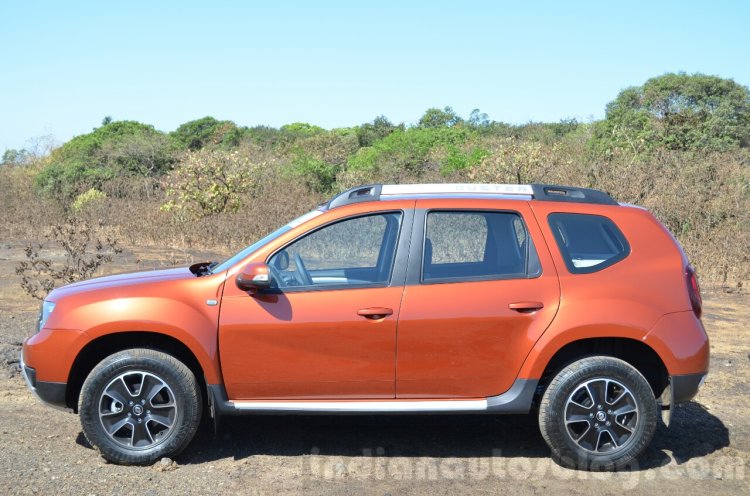
The Duster AMT is available in two variants: RxL priced at INR 11.67 lakhs and RxZ which costs INR 12.87 lakhs, ex-Showroom, New Delhi. The Duster AWD costs INR 13.57 lakhs, ex-Showroom, New Delhi.
Comparing the Duster RxZ AMT to the Creta AT, the latter is expensive by INR 1.51 lakhs in New Delhi. An AWD variant is not offered on the Creta though.
Verdict:
Sure, the Duster gets welcome changes, but in view of what the competition offers, the Renault doesn't seem the value-for-money offering it once was. The Duster largely enjoyed a monopoly during its heyday, but with high-quality products like the Hyundai Creta, we don’t see ourselves recommending it over the Hyundai.
Yes, the AMT works very well, the best AMT-equipped product to quote our own words, but we personally think the lakh-and-a-half the Creta AT commands is worth the price. A thing in favor of the Duster is that it offers AWD, which neither Maruti or Hyundai offer. For all other purposes, the competition does a better job. You may have to shell out more, but that's money well spent.






















































